Alana Chernila’s latest book The Homemade Kitchen has recipes for braised lamb shanks, preserved lemon hummus, broccoli raab with cheddar polenta, and baked apples topped with maple ice cream. The recipes sound very, very good, but amongst the book’s 320 pages lies lessons and messages less about recipes and more concerning what we eat and why.
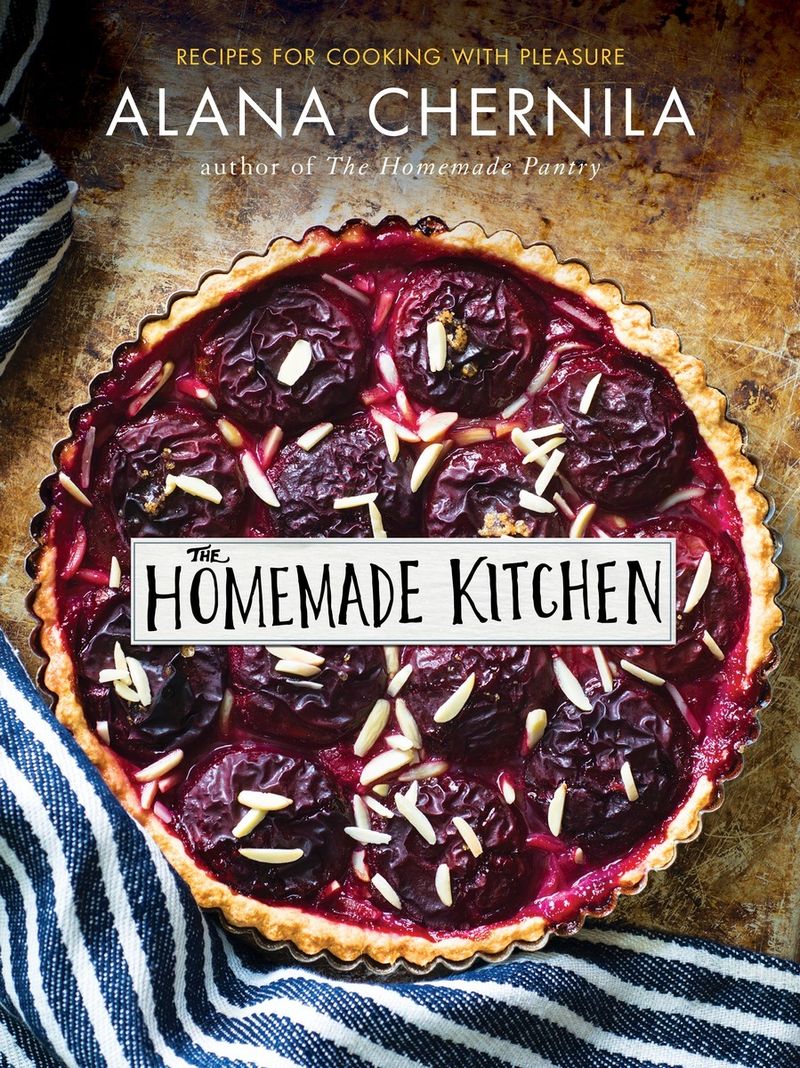

They’re about how food shapes our lives and how we all can eat a little better and consciously because, to reference the colloquialism, we are what we eat. Chernila’s not preachy nor judgmental; rather, she’s more like a friend offering a gentle, guiding hand. She’s gives us the inspiration we seek.
Here are the 15 most important lessons we learned from The Homemade Kitchen:
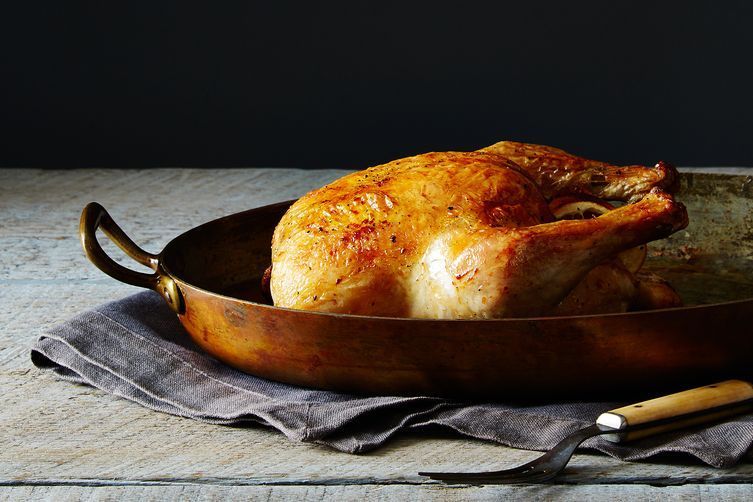
1. How we cook is how we live.
“When I create what I want to eat, the simple task become the seed that empowers me to live the life I want, and to create that, too. And when I cook and eat in a way that reflects how I want to live, it means I have the opportunity three (or more!) times a day to make decisions that help me live that life.”
2. Be a beginner in the kitchen.
“When we enter the kitchen, we must be ready and willing to fail, but not expecting to do so. That space between what we want and what we know we can do—that’s where creativity and resourcefulness live.”
3. There is no perfect roast chicken—except your roast chicken.
“I feel about ‘perfect’ roast chicken as I do about god: everyone has a different way of getting there, and I’m pretty sure that everyone is mostly right. And even if it’s not, there’s nothing that a little extra gravy won’t fix.”
More: The fully story of Alana's quest for the perfect roast chicken.
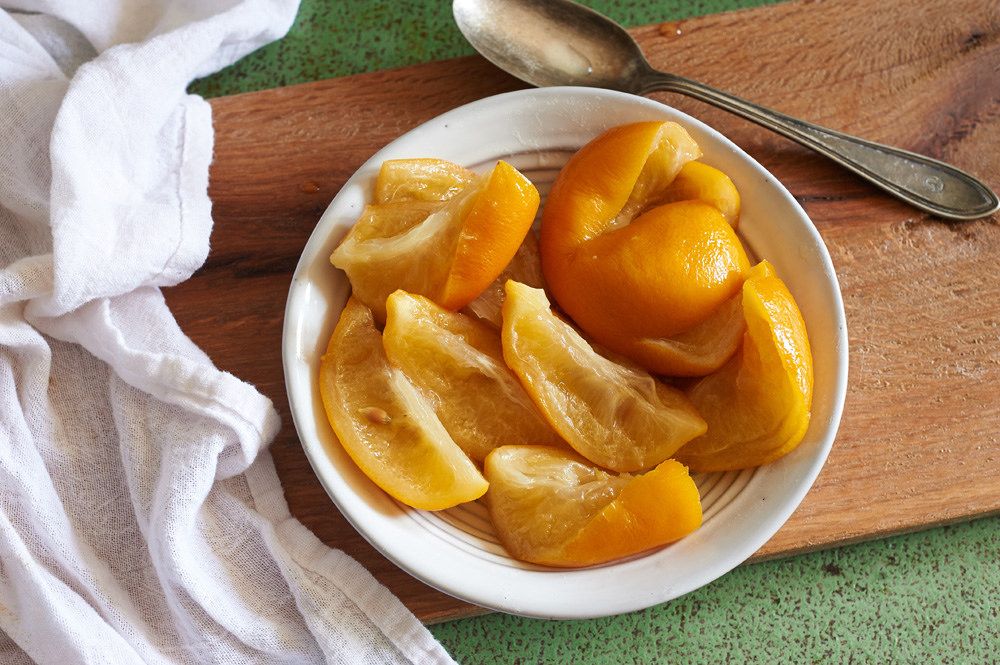
4. Fermenting is believing.
“...what makes fermentation so special isn’t a recipe. It’s a relationship. And whether you’re maintaining a sourdough starter, helping kefir grains to multiply, or just creating the right conditions for your salted lemons to transform into the ideal condiment, the first thing to understand about fermentation is that it has everything to do with your own belief in the tiny bit of starter. You have to believe in it enough to feed it, to remember that it needs care, and even to profess your love to it once in a while.”
5. Ingredients matter. Not convinced of this? Just taste.
“If you find yourself with a jar of raw, unpasteurized cream, unscrew the lid and eat a spoonful. The taste of the cream will reflect the meals of the cow that produced it. It will taste different depending on the time of year, the weather, and what the cow was eating. The cream? That’s the ingredient, and it’s the first step.”
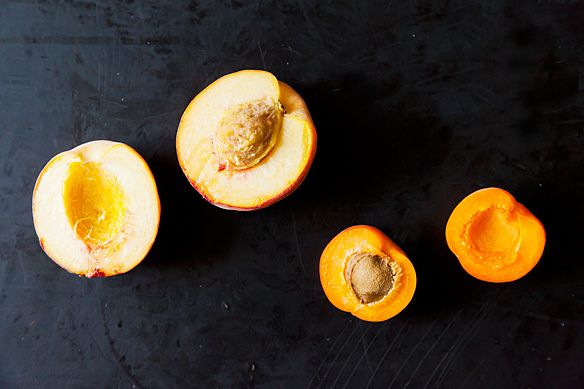
6. Cooking with scraps is more than just economical.
“Of course, this shift in mind-set is not all about using up the scraps. To have scraps in good shape in the first place, we need to be conscious of how we store our food, how often we buy it, and how strategically we use it. Especially when making the shift from store-bought to homemade staples, it can be hard to adjust to creating your own packaging and judging your own expiration dates. The more food you make at home, the more you’ve got to take food storage and food safety into your own hands.”
7. Peach pits aren’t the pits.
“If you’re making peach jam or pie and have a bowl full of peach pits, rub off any excess flesh and give the pits a quick boil to clean them entirely. (Drink the liquid you boiled them in—it’s delicious.) Then dry the peach pits in a 200° F oven for about an hour. Let the pits cool, then store in a jar at room temperature. Peach pit tea is good for whatever ails you. To make tea, combine 4 or 5 pits with 5 cups water. Bring to a boil, lower the heat, cover the pot, and simmer for 10 to 15 minutes. Let the pits dry out on the counter—you can use them three times before they won’t infuse tea anymore.”
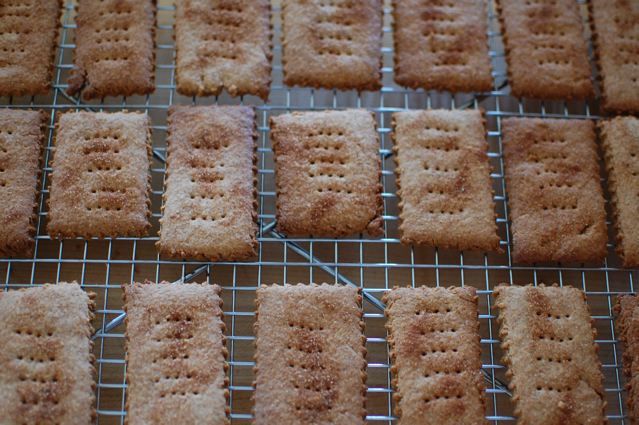
8. Eat in the in-between.
“Try not to judge other people’s shopping carts. Remember that every family has a different way of making it work, and you, too, can find your own way, even if means you have to make up a few words. How do I eat? Organicish. Locenough. Homemade when I can. Fresh. Good. Mine.”
9. Don’t stress too much over what your kids eat.
“Try not to label your children as good eaters or bad eaters—not just to the world, but to yourself. Children are, after all, just small humans, and they have all sorts of loves and preferences that will continue to change as they make their way through life. Know that they’ll be okay, that someday they’ll eat something else, and that until then, their bodies will tell you when you have to step in. If they’re healthy and energetic, trust that they’re getting what they need.”

10. Bread is the barometer for a good week.
“I was visiting a friend who’d had a hard couple of weeks. There was a sick kid, some challenges at work, and he was exhausted. ‘You know how you can tell that things have been hard?’ he asked me. ‘Look in the breadbox. Pepperidge Farm. I haven’t made bread in weeks.' I’d never thought about it that way until then, but I knew exactly what he meant. Homemade bread is the indicator that everything is where he wants it to be in his life.”
11. Let kids cook by themselves.
“And although many will extol the benefits of bringing children into the kitchen to cook by your side—they, peeling potatoes and you, chopping them, together in familial bliss—I will not. Over the years, my advice to parents who want to bring their kids into the kitchen is to set them up with a cookbook and a stool, and back away slowly. They can feed the ones they love, but they have to own the process. The best way you can help is by carving out the space for them to do it.”
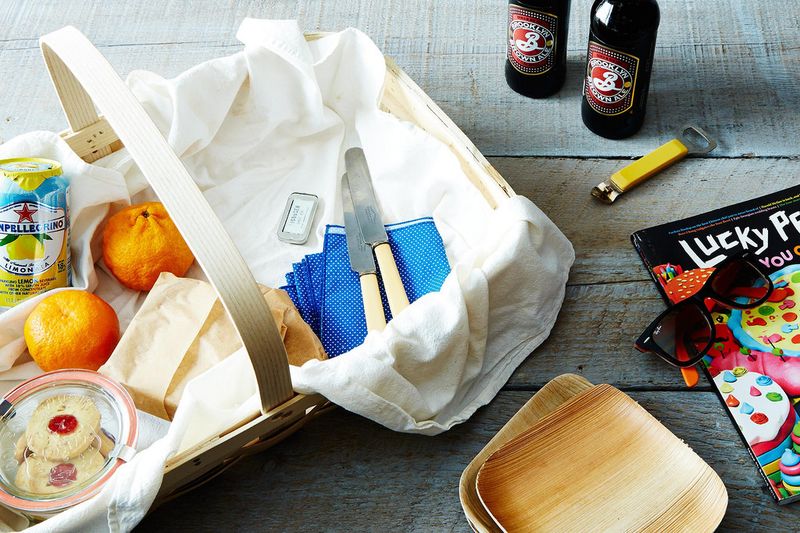
12. Eat outside.
“[Eating outside is] quite a transformation, and it takes us from necessity to all-out celebration. Even when I’m alone, I try to practice roadside picnicking whenever possible. There are days when the supermarket parking lot is filled at lunchtime, each vehicle with someone in the driver’s seat in their own private world, eating lunch ‘alone.’ But when I open the car door and bring my lunch outside, both the moment and the food itself transform into something much better.”
13. Host regardless of the "buts."
“Even if the house isn’t sparkling clean, or if we worry that the table won’t be big enough, we host anyway. Especially those who might not be used to inviting people over learn quickly that their house is enough. They are enough. Everyone’s just happy to have a place to sit down together. It’s enough.”
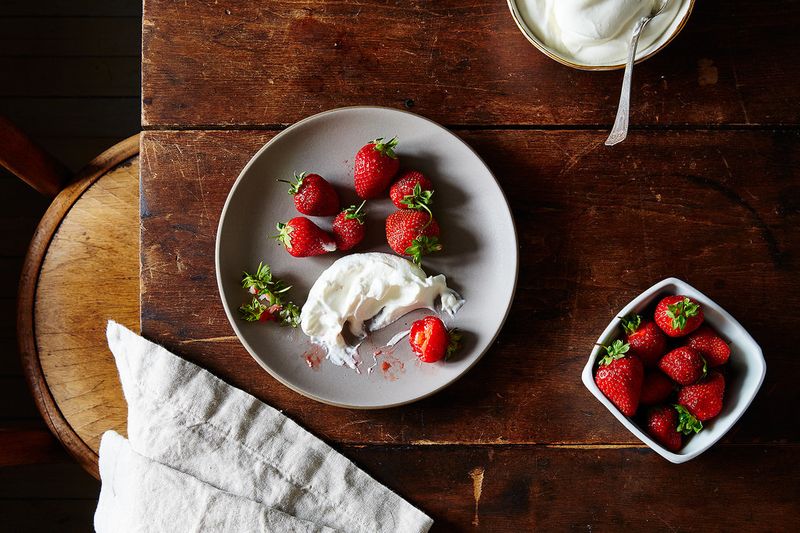
14. Eat what's right for you.
“I can’t keep up with the news of what I should or shouldn’t eat. The list of ‘good’ foods and ‘bad’ foods varies by the day, and although there are plenty of books and articles claiming to have the one true way to the perfect future body, I have yet to find a diet that beats the one I already follow: the eat-what-I-love diet. The truth is that when I eat what I really want, it tastes good, it feels good, and I know I’m eating the right thing. That holds as true for a well-timed bowl of steamed greens or miso soup as it does an ice cream cone or a slice of warm gingerbread. And when it’s time for dessert, there’s no way I’m missing out on the moment.”
15. Every dessert is a celebration—no matter how small.
“The little bit of sweetness, that specialness, and most of all, the above-and-beyond quality of that extra last course transforms moods, creates an occasion out of anything, and changes the whole night. It doesn’t have to be anything fancy. It can be just a little fruit and cream, or a simple plate of dried fruit, chocolate, and a few nuts. But the soul of dessert, and all it holds, creates a celebration of the moment, however ordinary it may be. What are we celebrating? Take your pick. Anything. Anything at all.”
Photo of the author by Jennifer May, photo of graham crackers by Alana Chernila, photos of lemons by Melina Hammer, all other photos by James Ransom.
Tell us: What life lessons have you learned in the kitchen?











See what other Food52 readers are saying.